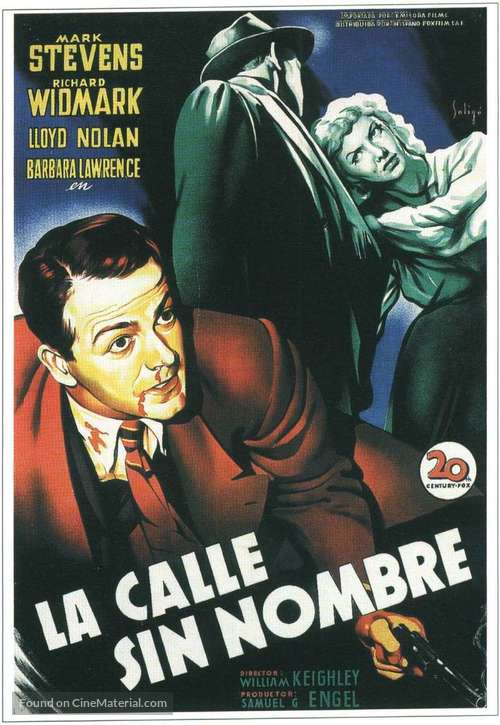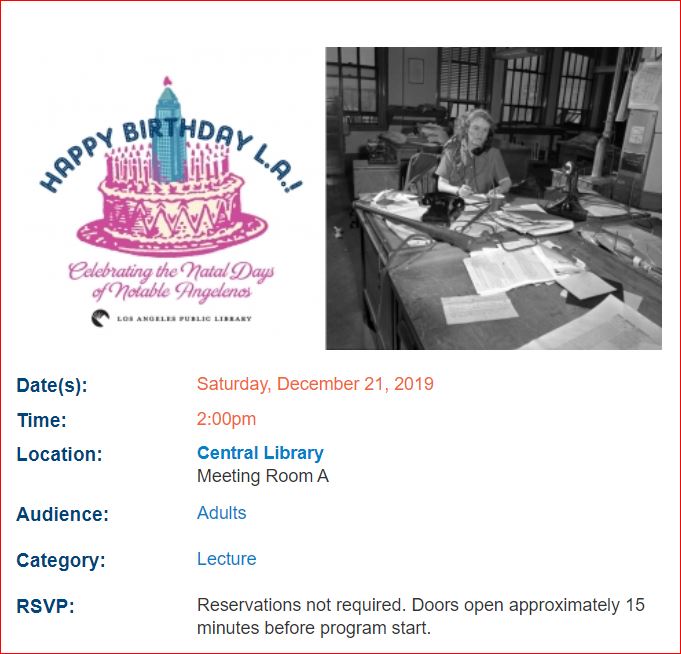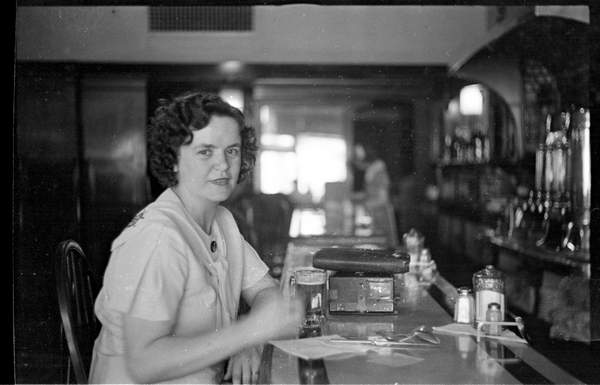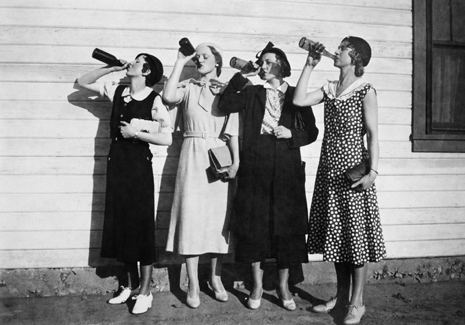On October 13, a paragraph in the Los Angeles Times’ Southland section covered a raid on a “Hippie Commune” in Death Valley National Park twenty-one miles west of Badwater, CA. The raid, conducted by sheriff’s deputies, national park service rangers and the CHP, turned up several sawed-off shotguns, handguns, rifles, and ammunition. The raid went off without a hitch which, given the number of weapons found, is a small miracle.

Fifteen people were arrested. A scruffy little man named Charles Manson was among those taken into custody. A Sheriff’s deputy dragged him out of the 12×16-inch cupboard in which he was hiding.

The raid had nothing to do with the August murder spree which took the lives of seven adults and Sharon Tate’s unborn son. Manson wasn’t yet a suspect. The raid was all about the auto theft ring operated by the family.
While Manson sat in jail on the auto theft charges, did some free members commit murder on his behalf? Manson’s paranoia about squealers had already resulted in Donald “Shorty” Shea’s murder on August 26.

The following five cases have connections to the Manson Family. Some of the connections are compelling, others are peripheral.
On November 5, John “Zero” Haught was found in his Venice Beach home with a single gunshot wound to his head after losing a game of Russian Roulette. At least that is the story told by witnesses Catherine Gillies, Bruce Davis, Sue Bartell, and Madaline Joan Cottage “Little Patty” – all of them Manson family members.

Each witness was interviewed separately and recounted Zero’s death. Investigators thought the accounts sounded rehearsed. They were suspicious, but couldn’t prove a thing.
When Leslie Van Houten learned of Zero’s death, she made it clear she didn’t buy the Russian Roulette story. She was incredulous that he was playing the deadly game by himself as the witnesses stated. An anonymous man told a newspaper reporter he was there when the shooting occurred, and that one girl had pulled the trigger. The man was never identified and the death is officially a suicide.
On November 7, an early morning walker discovered the mutilated bodies of teenagers Doreen Gaul and James Sharp. The victims were stabbed so many times that police thought they were shot gunned to death. The overkill was like the Tate/La Bianca murders and there is a Manson/Scientology/The Process (a cult) connection. But without proof the murders remain unsolved.

Reet Jurvetson, known for over 40 years as Jane Doe 59, was another victim of random violence in 1969. Years after her death Manson was asked about Reet. He said he didn’t know her and knew nothing about her murder. Was he telling the truth?
December 1, 1969, Joel Pugh, estranged husband of Sandra Good, was found dead in a London hotel room. His wrists and throat were cut. No suicide note was found. Was it a coincidence that Bruce Davis was in the UK at the time of Pugh’s death?

In recent years, the LAPD has said that as many as a dozen murders may be linked to Manson and the family. While decades of dust gather on the open case files, at least the Tate/La Bianca murders are solved.
We can thank now-deceased Susan Atkins for busting the case wide open. The hippie girl who looked like a babysitter to her Sybil Brand Institute cellmates told them some horrific stories that they, at first, figured were bullshit. But after Susan described in gruesome detail Sharon Tate’s last moments, without showing remorse, the inmates went to the jail authorities to turn her in.
If not for Susan, the perpetrators of the August murders may not have been identified for many more months.
On December 1, 1969, LAPD’s Chief Edward Davis held a press conference.
Standing behind 15 microphones, Chief Davis announced the official end of the case.
“I am Edward Davis, chief of police of the City of Los Angeles. Today warrants have been issued for the arrest of three individuals in connection with the murders of Sharon Tate Polanski, Abigail Anne Folger, Voytek Frykowski, Steven Earl Parent and Thomas John Sebring.”
He explained that the same people were also involved in the murders of Leno and Rosemary La Bianca.
“The development of information from the two separate investigations, the Tate and La Bianca cases, led detectives to the conclusion that the crimes in both cases were committed by the same group of people. At one time two lieutenants and 17 men were working on only the Tate case. The Tate investigators interviewed 625 people, some four and five times each.”
Chief Davis referred to a break in the case that occurred two weeks prior to the warrants. He didn’t mention her by name, but he meant Susan Atkins.
Also not mentioned by name was the first victim of the summer murder spree, Gary Hinman. Chief Davis referred only to the “Topanga Canyon murder case.”

Chief Davis wrapped up the press conference as a late arrival, Mayor Sam Yorty, took the stage.
“Sorry, I got here so late,” said the mayor. “The city government and the Police Department are very grateful to the news media for the cooperation we have had . . . many people could have damaged our case if they hadn’t been so cooperative . . .”
The round-up of the Family members implicated in the murders was underway. The case against them was solid enough to bring to the grand jury.
December 5, 1969, Susan Atkins testified before the Los Angeles grand jury. Prosecutors got first degree murder indictments against Manson, Watson, Krenwinkel, Van Houten and Kasabian.
December 21, 1969, Leslie Van Houten talked to cops about her possible cooperation. One week later she recorded a confession with attorneys, but decided against cooperating with prosecutors.

By Christmas 1969, Manson and his co-defendants, Tex Watson, Susan Atkins, Patricia Krenwinkel and Leslie Van Houten were in jail facing capital murder charges.

With Manson and his band of murderous nomads behind bars, Angelenos breathed a sigh of relief. The ‘60s ended on a miserable note. They thought the ‘70s would be better. They were wrong.
During the 1970s the risk of homicide increased six-fold from the 1950s, and by the early 1980s the term serial killer began to turn up in mainstream media reports.
New monsters stalked the streets of Los Angeles.
The real carnage was just beginning.




